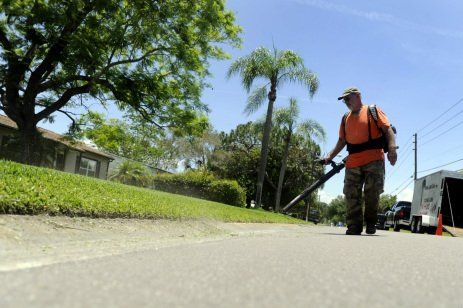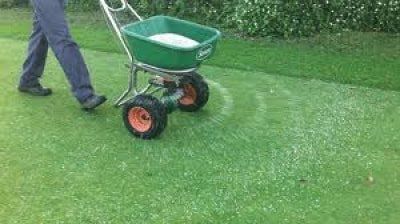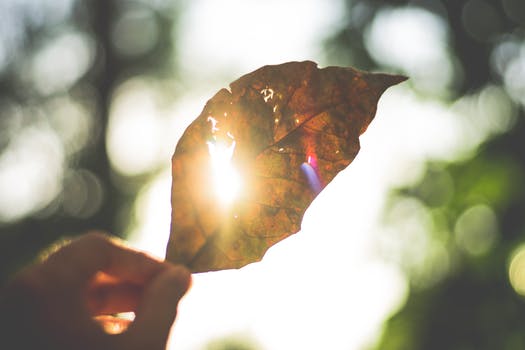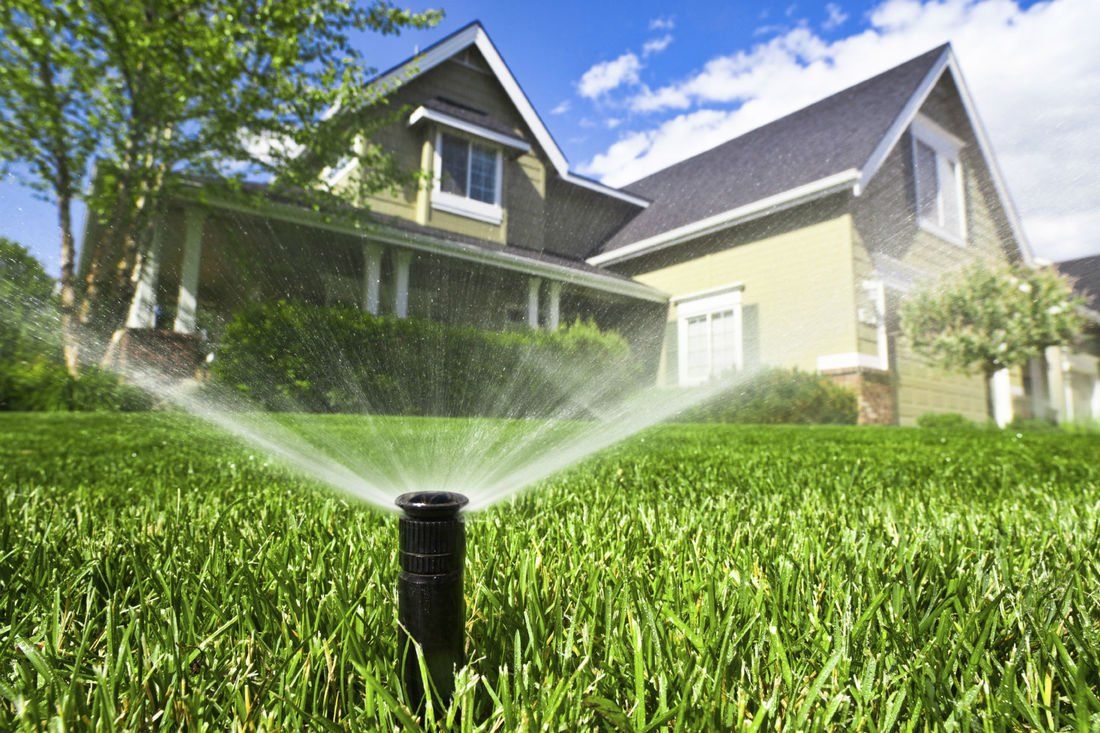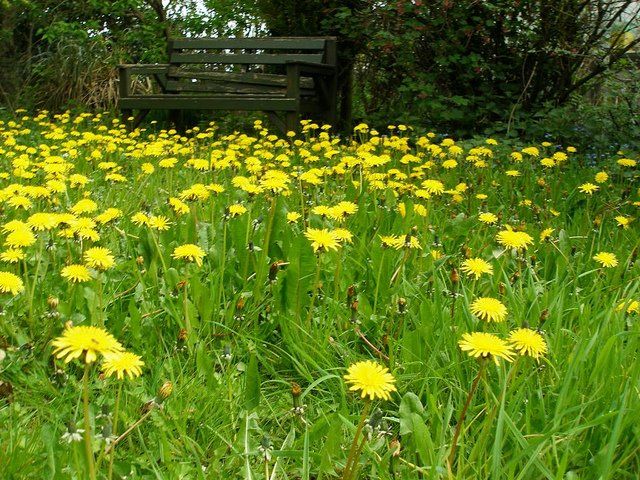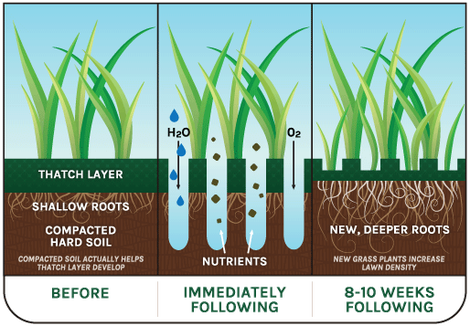How to Properly Prune Trees
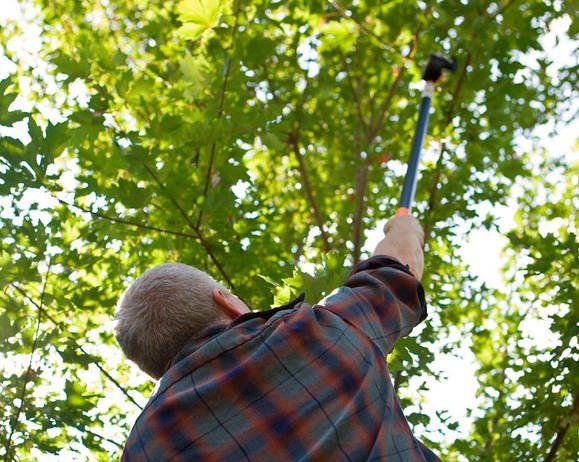
Lets first as HOW to prune a tree limb....
3 Steps:
1.) Make the first cut about one or two feet out from the tree trunk. This cut starts on the underside of the limb and goes into it, but only about a third of the way. This is a very important step in the process.
2.) Make sure the second cut is outside of the first cut another foot or two. Make this cut all the way through the branch. The branch is likely to break away as you saw your way through the limb. Because you’ve already made the first cut on the underside and closer in, the bark will not continue to tear down into the tree trunk.
Without the first cut, as the branch breaks away from the weight of the limb, the attached and uncut bark goes with it, tearing it from the tree as well. This creates a big potential problem, allowing a large open wound and entry point for pests and diseases.
3.) The final cut is right at the branch collar where the branch meets the trunk. Look for the flaired area here. Make the final cut so that the flair is still apparent afterwards. If cut properly, this flair will heal over and eventually fill in with new bark and scar tissue. You’ll know the tree is healing properly when you notice what looks like a doughnut forming where you made the cut.
Now WHEN to prune a tree's limbs....
The best time to remove tree branches and limbs is in late fall through late winter. Disease pathogens are inactive and therefore not a serious risk to damaging your trees. However, a fresh cut or wound during the warmer months can be an easy entry point for diseases and pests.
Be aware that there are some trees that 'bleed' excessively when cut. This is sap oozing from the fresh wound. Although it looks serious and unsightly, it causes no harm. Some trees that are especially prone to bleeding include beech, birch, elm, maple and yellowwood.
You may be inclined to dress fresh cuts or wounds with tree paint or wound dressing, sold and marketed as such. My suggestion is that it is rarely necessary and most of the time actually slows down the natural healing process. Trees are amazing at adapting to adverse conditions so my advice is to make a clean cut and leave it alone.
Pruning tree limbs can be a great improvement to the look and health of your total landscape if you follow the guidelines mentioned above. Taking shortcuts or pruning at the wrong time can lead to more problems later.

